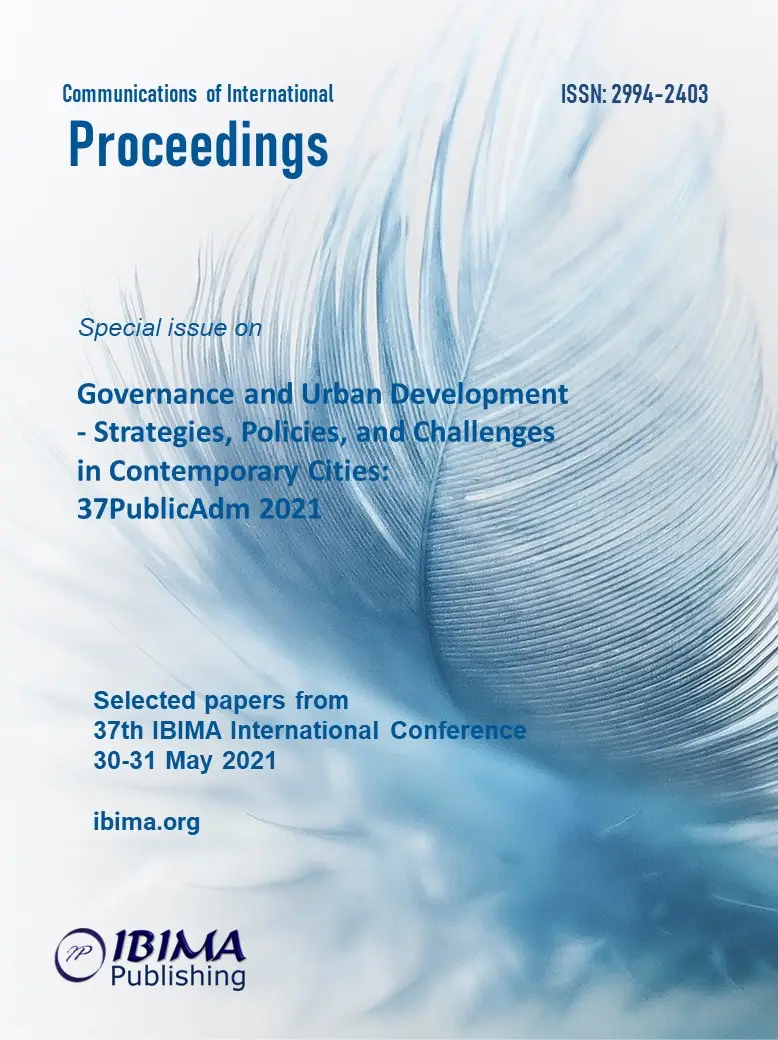
Rares-Alexandru IONESCU and Emil MUSAT
The Bucharest University of Economic Studies, Bucharest, Romania

There are situations in which most of the amounts allocated to a LAG are intended to finance both measures and projects that have as eligible beneficiaries the public authorities in the LAG territory, although the public sector does not have a majority in the decision-making forum in which the measures financed by the LEADER are established. Can this aspect be the consequence of the privileged position that public sector associates have, based on their administrative force and on their superior experience in accessing European funds? Or do the proposed projects respond to some public need for which the further economic development of the community depends?
Starting from these questions, researching the internal documents and also the public data on LAG website, it is found out that 52% of the total amount allocated to LAG is intended for a measure in which projects can have as eligible direct beneficiaries only public authorities. Within this measure, there are some contracted and financed projects, that aim to increase the quality of life in rural communities, mainly by improving some types of public services such as lighting, public safety, leisure, roads and also social services. The result of such investments is to ensure the right framework for the community`s economic development, first by minimizing the young generation migration to the urban environment, and secondly, by significantly creating a favorable climate to the protection and growth of the local economic environment.